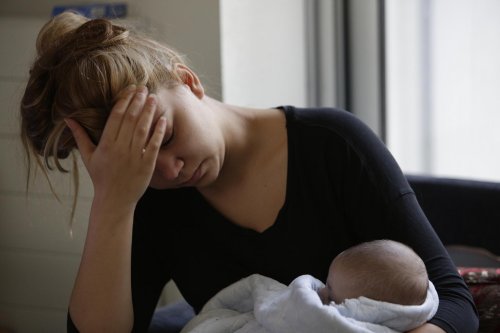





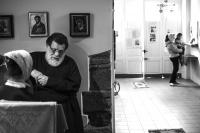
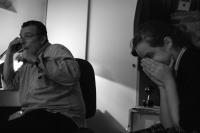
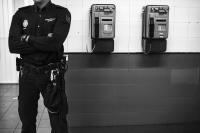



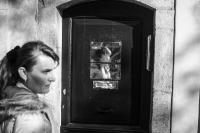



Opacity, Racism and Resistance in the CIE of the Zona Franca
The Center of the Internment for Foreigners (CIE in its Spanish acronym) is in a visible location in the Barcelona's Zona Franca (Industrial Park), close to the city airport. It has been a point of conflict and has become symbol in the struggle against racism and discrimination of immigrants in Barcelona.
Over the last few years activists have joined in a campaign called “Tanquem els Cies” (Close the CIE), highlighting what goes on behind the closed doors of these centers which have been created to deprive people of their liberty, because of their irregular administrative situation and which itself is covered by a cloak of absolute impunity.
The CIE is run by a profoundly racist custodian authority, led by a director who governs over the lives of the interns, in an arbitrary fashion. He even threatens lawyers and kicks them out, which is what happened in the days running up to the death of Idrissa Diallo. People interned in CIE have shown their outrage and despair as they see their own life’s projects break apart, because of the lack of information offered by the authories and the lack of professionalism on behalf of a large number of the lawyers who work there.
To talk about the CIE is to talk about injustice, vulnerability and harbored pain. But it also highlights resistance and civil disobedience, as many fight to stop deportation and against the unjust and racist “ley de extranjeria” (Immigrant law).
CIE, A family Portrait is a story about a place in which basic rights are denied, such as privacy and visitors rights. There are no spaces where visitors can touch or embrace their partners, children or friends, the lack of intimacy un-imaginable. The terrible abuse, beatings, and the consequent punitive action like forced deportation. Actions, which belong to an belong in an authoritarian regime. This story combines images taken during an official press conference and guided tour of the CIE and photographs of the Brakadzes, a family from Goergia. The family was split apart when David, husband and father of two Girona born children, was arrested and interned in the CIE. After an intense battle to appeak his case and be reunited with his family, which include a hunger strike and self-inflicted wounding, David was deportated to Georgia.
Groundpress is a collective of photographers. They retain the copyright over their work.
Contact them here
Visit their webpage: www.groundpress.org





